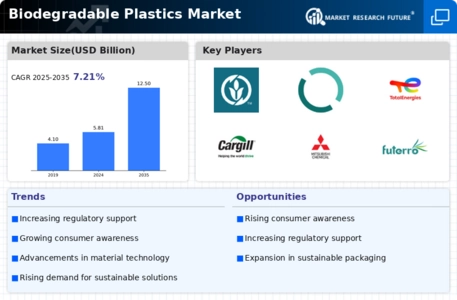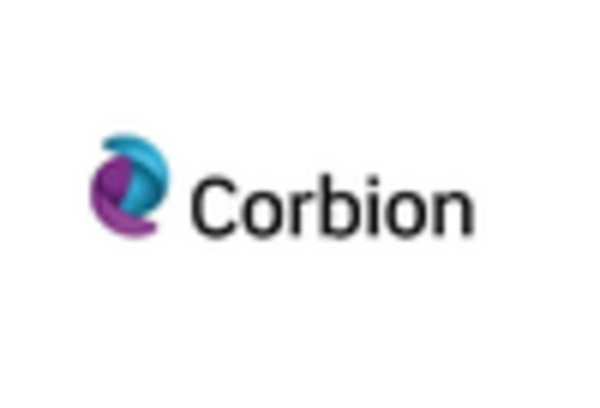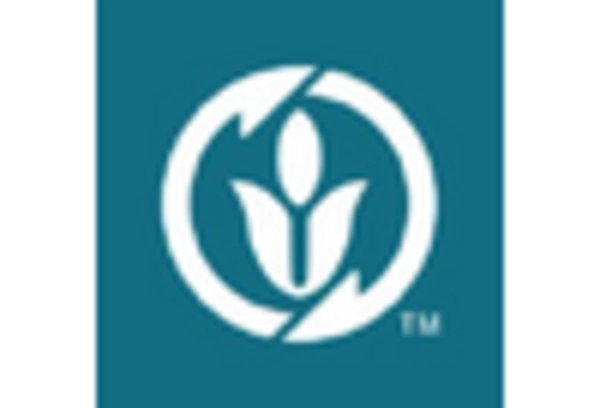Biodegradable Medical Plastics Market Summary
As per Market Research Future analysis, the Biodegradable Medical Plastics Market was estimated at 4.068 USD Billion in 2024. The Biodegradable Medical Plastics industry is projected to grow from 4.753 USD Billion in 2025 to 22.54 USD Billion by 2035, exhibiting a compound annual growth rate (CAGR) of 16.84% during the forecast period 2025 - 2035.
Key Market Trends & Highlights
The Biodegradable Medical Plastics Market is poised for substantial growth driven by sustainability and technological advancements.
- North America remains the largest market for biodegradable medical plastics, driven by increasing healthcare expenditure and sustainability initiatives.
- The Asia-Pacific region is emerging as the fastest-growing market, fueled by rising consumer awareness and demand for eco-friendly solutions.
- The packaging segment dominates the market, while the agriculture segment is experiencing rapid growth due to innovative applications.
- Key market drivers include the rising demand for eco-friendly solutions and supportive regulatory frameworks that encourage the adoption of biodegradable materials.
Market Size & Forecast
| 2024 Market Size | 4.068 (USD Billion) |
| 2035 Market Size | 22.54 (USD Billion) |
| CAGR (2025 - 2035) | 16.84% |
Major Players
BASF SE (DE), NatureWorks LLC (US), Corbion NV (NL), Mitsubishi Chemical Corporation (JP), TotalEnergies SE (FR), DuPont de Nemours Inc (US), Novamont S.p.A. (IT), Biome Bioplastics Ltd (GB), Green Dot Bioplastics (US)


















Leave a Comment